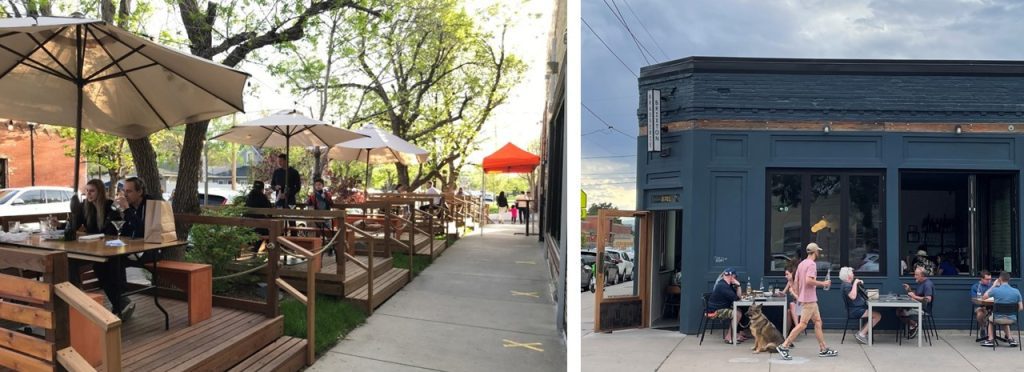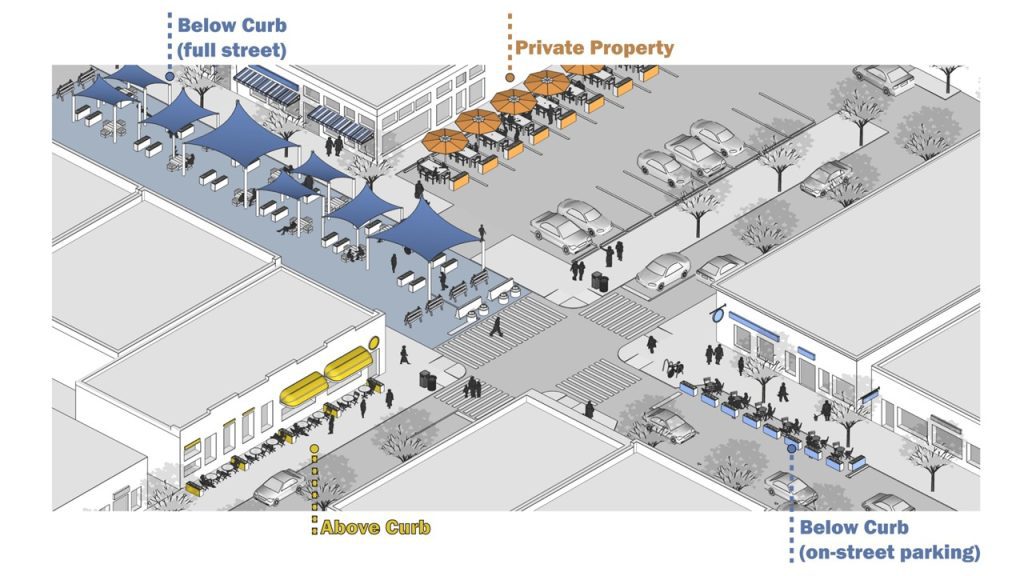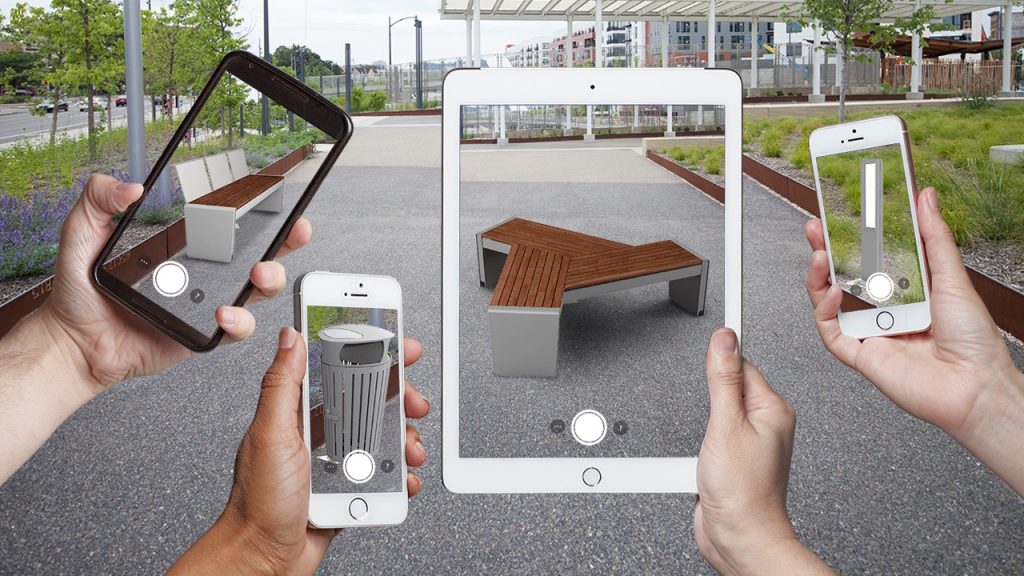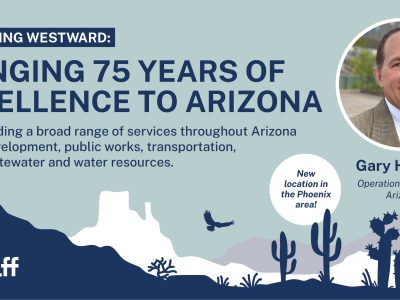Emerging Trends in Planning and Landscape Architecture in 2024
The world of planning and landscape architecture (PLA) is constantly evolving.
Learn all about the four emerging trends to keep on your radar that are creating opportunities in PLA:
Trend 1: Growth of SET Facilities
Non-mainstream sports, like cricket, pickleball, ultimate frisbee and quidditch, as well as youth sports are all contributing factors to growing SET facilities.
The rise of youth and non-mainstream sports is driving enormous growth of sports, entertainment and tourism (SET) facilities. From pickleball to quidditch, it is changing the way we think about sports complex design.
The increase in the development of SET facilities has also helped boost the local economy with the growing demand for nearby hotels, restaurants and transportation. More and more money in recent years has been invested in the development of sporting and entertainment facilities like PopStroke and Chicken N Pickle.
Pickleball has been the fastest growing sport in the last three years at a 160% growth rate. A main reason for its popularity is that courts are smaller than tennis and require less effort to move around.
This doesn’t just extend to pickleball. Cricket has grown in popularity across the United States in park development. Many municipalities are being asked to make accommodations for these growing sports.
Other sports that have been part of this trend are quidditch, rugby, lacrosse and ultimate frisbee. As these non-mainstream sports continue to grow their fan base, municipalities race to accommodate spaces for them.
Sport complexes are now incorporating Instagrammable opportunities, like statues or ground mounded facility logos, to maximize advertising and generate organic social media content.
Along with the growth of new facilities comes a need for improvements to existing sports complex design. More municipalities are considering new features and additions to their fields. Such additions include synthetic turf, the incorporation of miracle fields, less bleacher seating, streaming broadcasting, grab and go concession stands and Instagrammable spaces. Miracle fields, which are smaller baseball fields with accessible running track surfaces compatible with wheelchairs or mobility devices, are helping sports to be more accessible by all.
Trend 2: Streets for People
While the pandemic brought many difficulties, it brought a growing appreciation for outdoor dining spaces.
During the pandemic, cities granted restaurants regulatory relief, allowing them to expand their operations outdoors. This led to a surge in sidewalk and street dining. These outdoor dining areas provided a much-needed sense of normalcy where people were able to convene and gather like before the pandemic. Many of us have grown accustomed to dining out at a table on the side of the street—or perhaps a sidewalk. This trend—streets for people— is taking once neglected areas and turning them into spaces of liveliness and socialization.
These changes were well received and are here to stay, as cities around the country take steps toward making outdoor places programs permanent.
These expansions were done on all different typologies, some on public right of ways and others on private property. Zoning codes had to be amended and processes were lengthy as a lot of these changes were done on the right of way. Source: denvergov.org
This trend provides opportunities for planners and landscape architects to work on closures and transformations of full streets and blocks. Collaboration with cities on comprehensive plans includes assisting in zoning changes to make it easy for businesses to expand into parking spaces and set up outdoor places.
Trend 3: Micromobility
The world of micromobility is a confusing world where designers and planners have been able to act as heroes.
Since designers and planners work on trail and active transportation projects, their expertise for micromobility comes in handy.
What qualifies as micromobility? Vehicles that fall into the category of personal mobility devices are low-speed vehicles, micromobility and personal delivery devices.The National Highway Transportation Safety Administration (NHTSA) defines a low-speed vehicle as being:
- four-wheeled
- attainable speed not more than 25 miles per hour on a level surface
- less than 3000 pounds (e.g. a golf cart or motorized wheelchair)
Motorized scooters and bicycles fall in the category of micromobility devices according to the Federal Highway Administration (FHA).
Planners are getting more questions about what types of mobility methods can operate in different transportation spaces, whether that be on roads, trails or bikeways. While the traditional planning approach hasn’t experienced significant changes in how they design, that is expected to change in the future.
Current changes and questions center around operations and how different communities are able to manage and deliver different types of transportation. Over time, as more personal mobility conveyances enter streets and trails, we will see a greater trend and desire to change spaces from a design perspective.
Trend 4: AI Tools
AI software is giving designers time to adjust renderings more efficiently. Source: medium.com
Artificial intelligence (AI) has been taking the world by storm in nearly all industries.
AI has also found its use in planning and design, quickly spreading throughout the profession. Some would say it’s the next big industry shift, comparing it to the way AutoCAD changed the industry in the early 90s.
Planners and landscape architects have many uses for AI, from renderings to design visualization. This new technology has saved designers hundreds of hours by giving them the ability to run a rough sketch through the software and produce a rendering that would otherwise take days or weeks to produce.
Augmented reality allows designers to bring their vision to life through a screen.
Augmented reality is another use of AI that has been surfacing for design visualization. This allows designers to walk through a space with clients while actively viewing the design in the real world and make changes in real-time. Another AI process worth mentioning is site analysis, which has been made faster and easier to produce maps and analysis with the click of a button after loading data into the computer.
While AI has streamlined many processes for designers, it’s important to note that it is meant to be a tool, not a replacement. It gives designers the ability to focus more time and energy on tasks that AI cannot do—maximizing efficiency in the PLA profession.
Halff is committed to staying ahead of emerging trends, anticipating changes and improving the way we support our clients. Our PLA group is no exception as they continue to implement the latest technology to optimize our services.
Have a PLA project need? Our planning and landscape architecture professionals bring years of expertise in comprehensive master planning, urban design, park, trail and recreational development, and more.
Take the first step toward partnering with Halff by contacting our team today.








